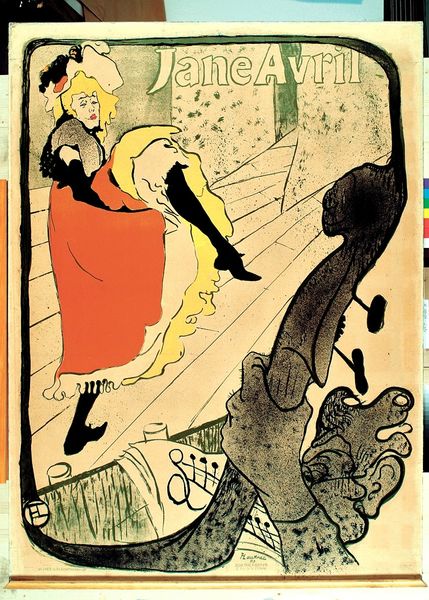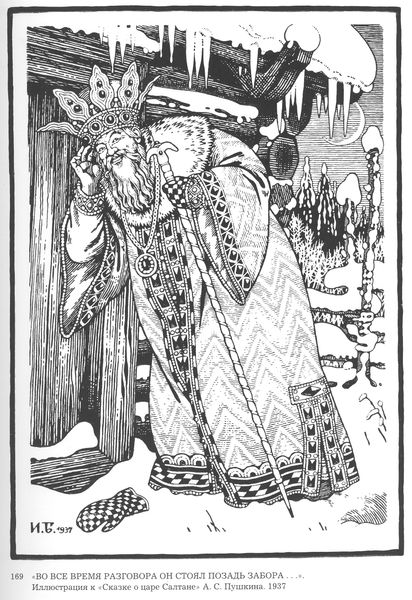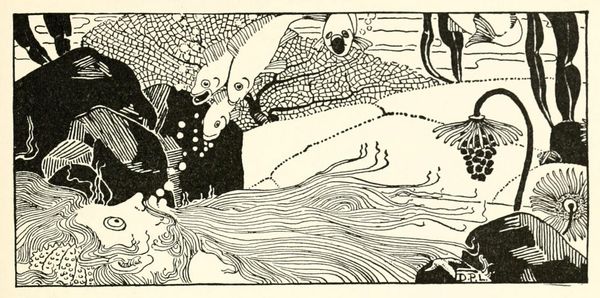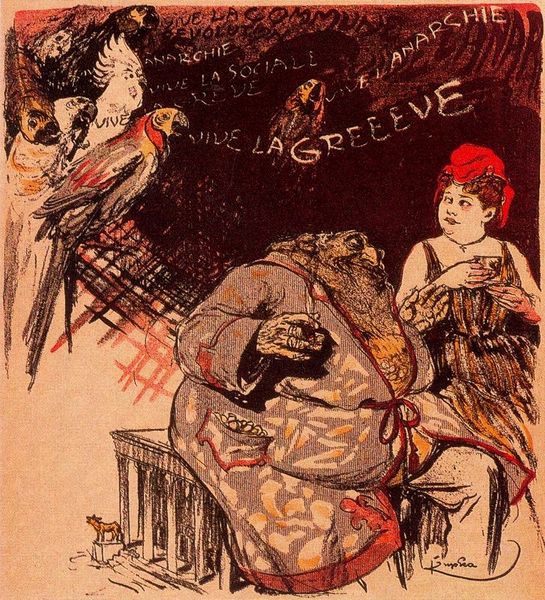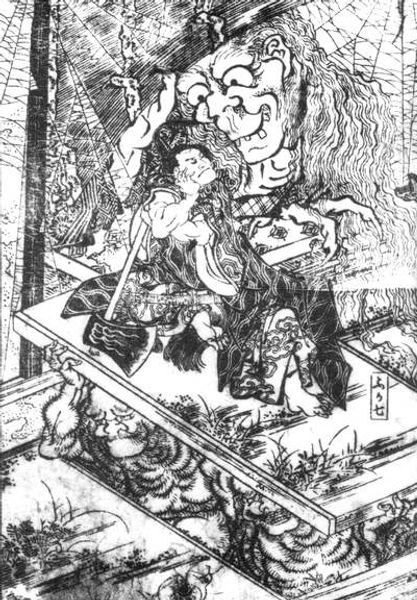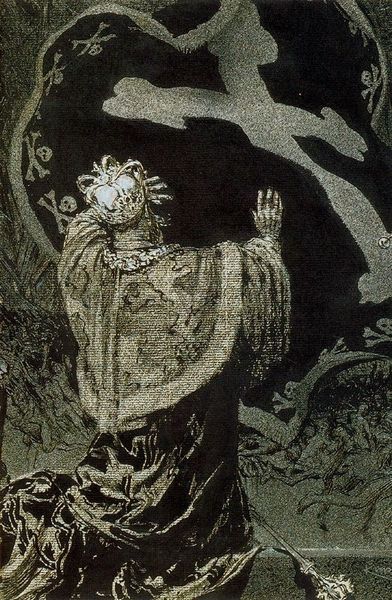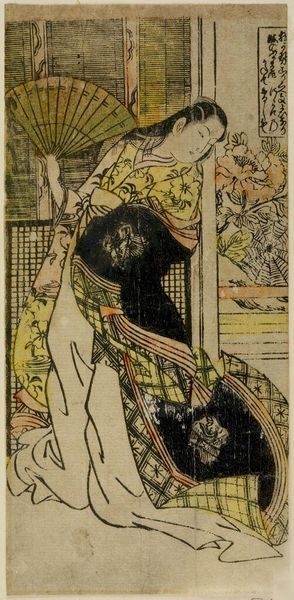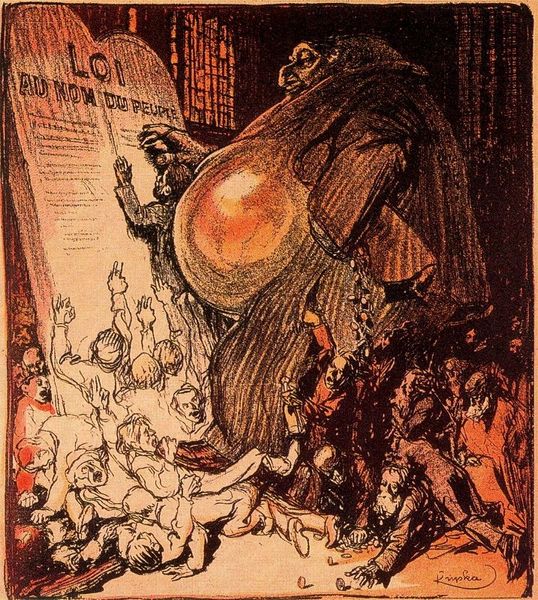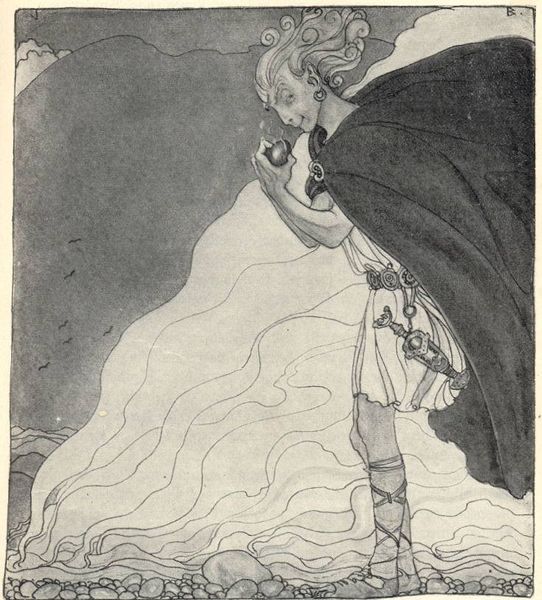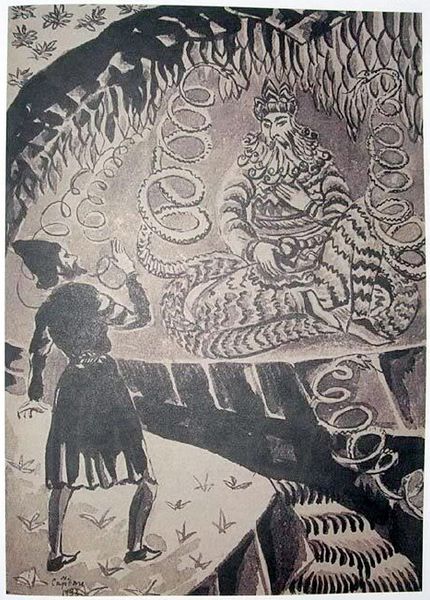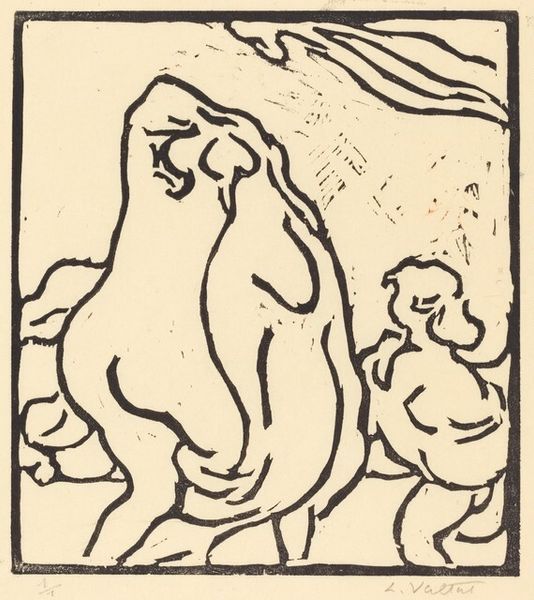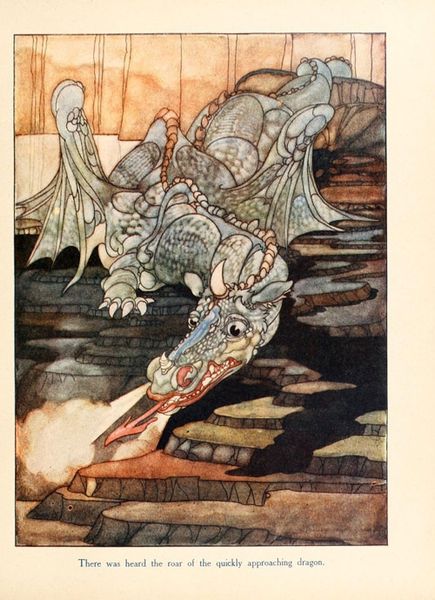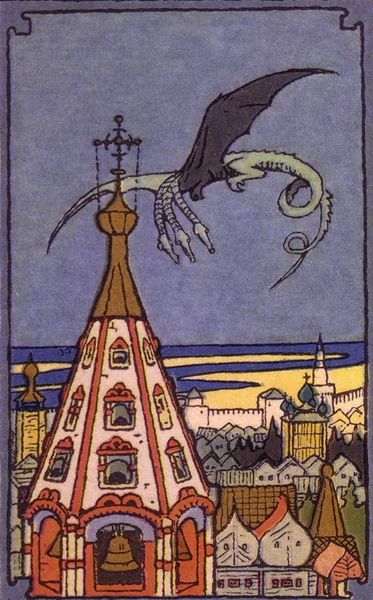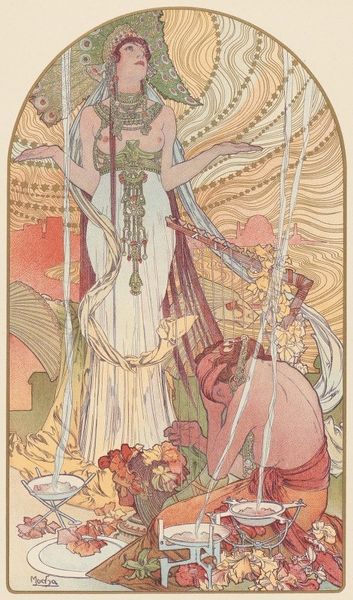
Dimensions: 130 x 95 cm
Copyright: Public domain
Editor: This is Henri de Toulouse-Lautrec's "Jane Avril," created in 1893. It's a lithograph poster, and I'm immediately struck by the dynamic asymmetry and almost caricatured elements. What stands out to you when you look at this piece? Curator: I see a masterful orchestration of public imagery. This isn't just a portrait; it's a calculated construction of celebrity. Lautrec, immersed in the Montmartre scene, understood the power of posters in shaping perceptions. Note how Avril’s distinctive style—her flamboyant petticoats and those unmistakable high-kicks—became synonymous with her persona, largely through imagery like this. Editor: So, the poster itself played a role in shaping Avril's identity? Curator: Precisely. Consider the context: late 19th-century Paris, burgeoning consumer culture, and the rise of mass media. Posters weren't just advertisements; they were tools for crafting narratives and social identities. Lautrec, through his artistic choices—the stark lines, the daring composition, the hint of seediness—helped construct Avril as a modern icon. The question then becomes, how much did Avril collaborate, and how much was her image dictated? Editor: That’s fascinating. The cello also feels so strangely placed, almost looming. Is that symbolic? Curator: Absolutely. Look at its scale compared to Avril. The instrument looms as if she's performing "on display" not just for entertainment but for economic sustenance. The cello anchors her to that cabaret space, literally framing the subject. Notice also the lack of detail on the musicians and props vs Avril and the social hierarchy it implies in Parisian society. Lautrec gives us social commentary cleverly disguised as advertisement. What do you make of it all now? Editor: Now, I'm seeing how Lautrec is using the poster not just to advertise a performer, but also to comment on her role and the social dynamics within Parisian nightlife culture. Curator: Exactly, that is how artists operate within existing frameworks, while reshaping our ways of thinking.
Comments
No comments
Be the first to comment and join the conversation on the ultimate creative platform.
